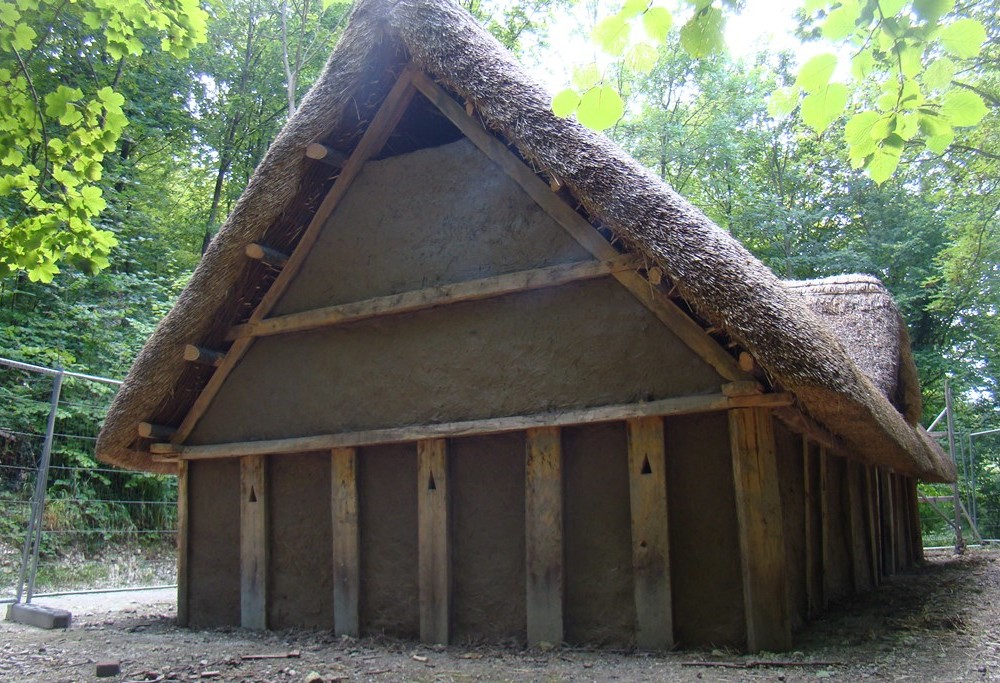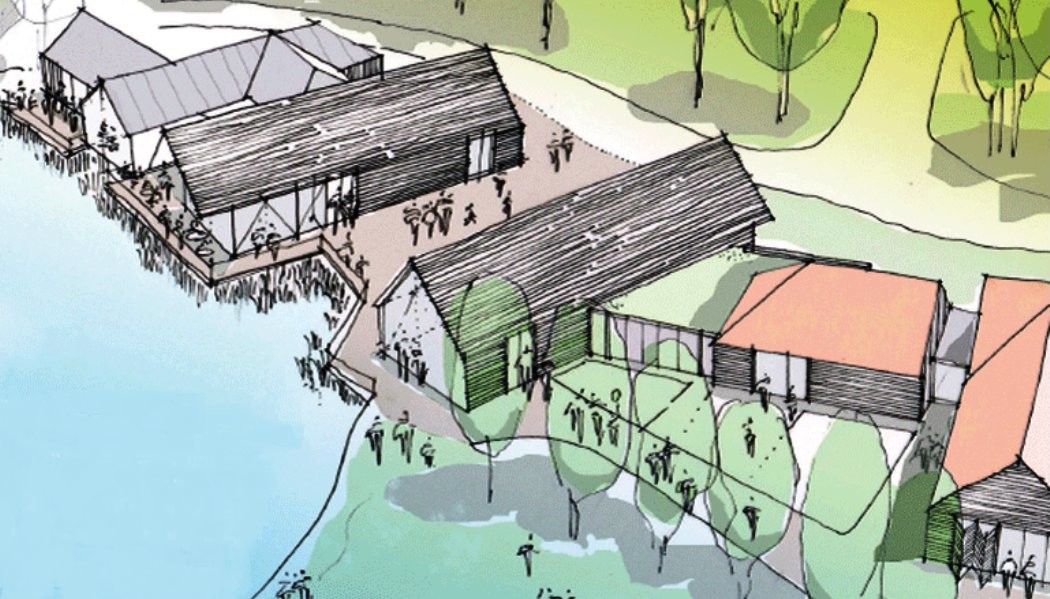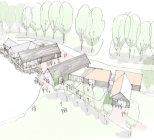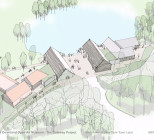Construction of the new visitor facilities at the Weald & Downland open air museum in Singleton, West Sussex are well underway. The low cluster of new buildings overlook the mill pond which is currently being restored and offer unobstructed views of the museum’s 17th century watermill, which is also set to undergo essential repairs.
The project will also see improved signage, trails and historical interpretation across the site and a new learning and community centre will extend the museum’s facilities for educational purposes and local interest groups.
There will also be two new areas for families that will offer hands-on interactive displays, which encourage activity and learning for all ages. Links to the South Downs National Park will help visitors learn about the connection between the landscape and the rural buildings of our area.

As part of the new development Sole Street hall house has been moved and reconstructed, Longport farmhouse will become a new gallery space and Pallingham Quay wagon shed will be moved to a new site at the Museum. Each will have its architecture and social history fully explored for the first time, providing three new exhibit buildings ready to be discovered.
“This project will enable the Museum to provide enhanced activities for all visitors and especially families, combining learning and fun, and offering more opportunities to tell the stories about the people who lived or worked in our 50 historic houses over the last 950 years,” said Chief Executive, Martin Purslow. “Our new café, shop, and education space will provide the sort of facilities expected by visitors today whilst enhancing our entire site.”

On October 14 the museum will also reveal its latest exhibit – a reconstruction of an Anglo-Saxon hall house. This new addition sees the timespan covered by the museum’s collection of exhibits broaden by 300 years – featuring examples of the homes, workplaces and public buildings from rural South East England between 950 to 1908.
The Saxon house project has been researched by a team from the museum with input from external experts, and is based on archaeological evidence from a site in Steyning, West Sussex from 950AD, which was excavated by a team led by Dr Mark Gardiner in 1988-89. Above ground details have been informed by various sources, such as waterlogged sites in the Thames Basin, and individuals including Richard Darrah and Dr Damian Goodburn, both of whom have many years of experience both in examining pre-Norman timberworks and in carrying out experimental practical archaeology.










